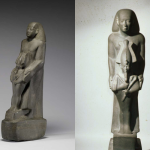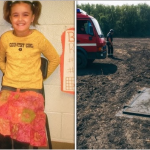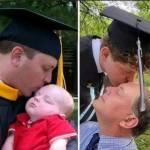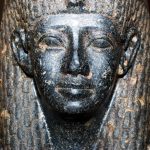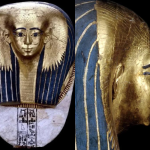Biological Phantom: The Myth of the Two-Headed Boy in 18th-Century India
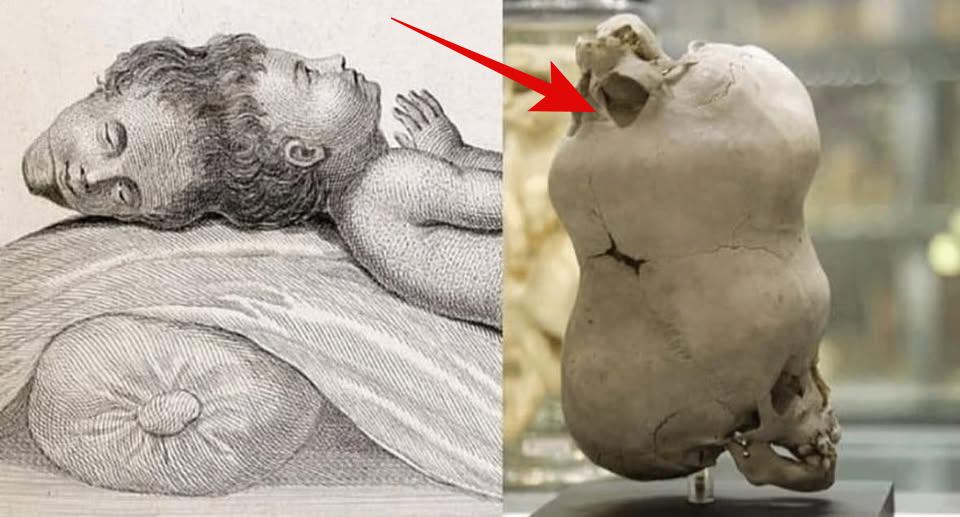
This narrative recounts a bizarre, unsettling event allegedly occurring in 1783 in a small Indian village: the birth of a boy with a profoundly anomalous physical form. The boy was described as having a second head positioned upside down, resting directly atop his main head, with the neck ending in a stump pointing straight up. What elevated the story to a legend was the claim regarding the second head’s functionality: it was said to be fully functional, and the boy reportedly claimed he could hear the other brain “telling him things,” a statement that defied contemporary medical knowledge.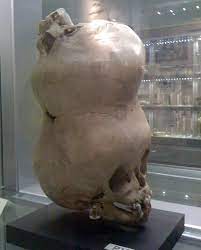
The child’s terrifying appearance elicited a fierce, primal reaction. The attending midwife was so horrified that she allegedly attempted to throw the infant into a fire, believing it to be a bad omen or an evil creature. The baby was saved, and his parents, after recovering from the initial shock, soon realized the economic value of their child’s difference, turning him into a money-making endeavor. The fame of this strange creature spread, leading to shows and private exhibitions for noblemen, civil servants, and city officials, transforming his biological anomaly into a spectacle.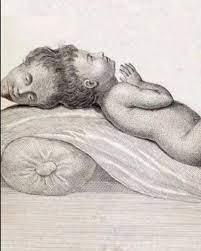
Physically, the boy presented a unique challenge to the term “two-headed.” Instead of two heads side-by-side, he featured one atop the other, and the secondary head seemed capable of expressing independent functions. When the boy cried or smiled, the features of the second head did not always align with the main head’s expressions, deepening the mystery surrounding its neural connection.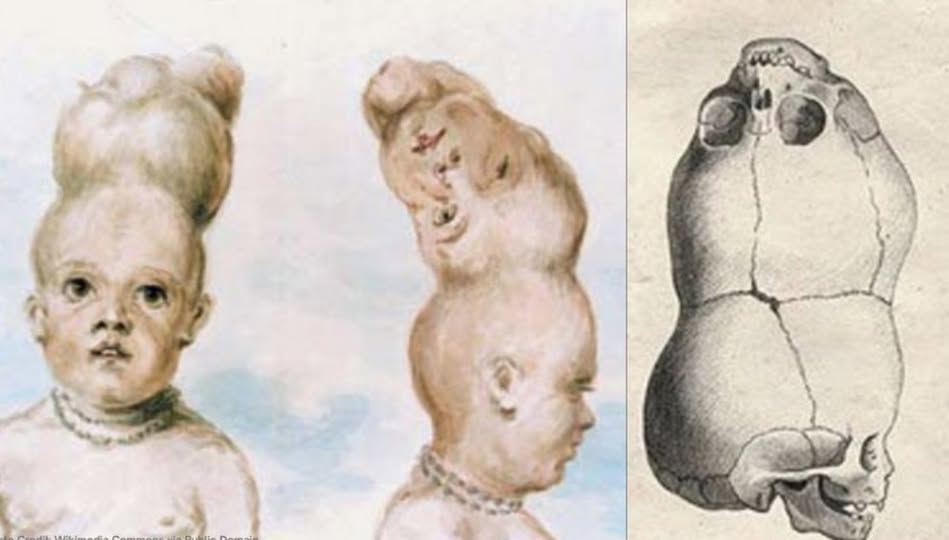
The tale ends abruptly and tragically at the age of 4. The child’s mother left him alone to fetch water, and upon her return, she found the boy dead from a cobra bite. This final, sudden event sealed the bizarre and unexplainable narrative, turning it into a chilling legend that has persisted through centuries.
